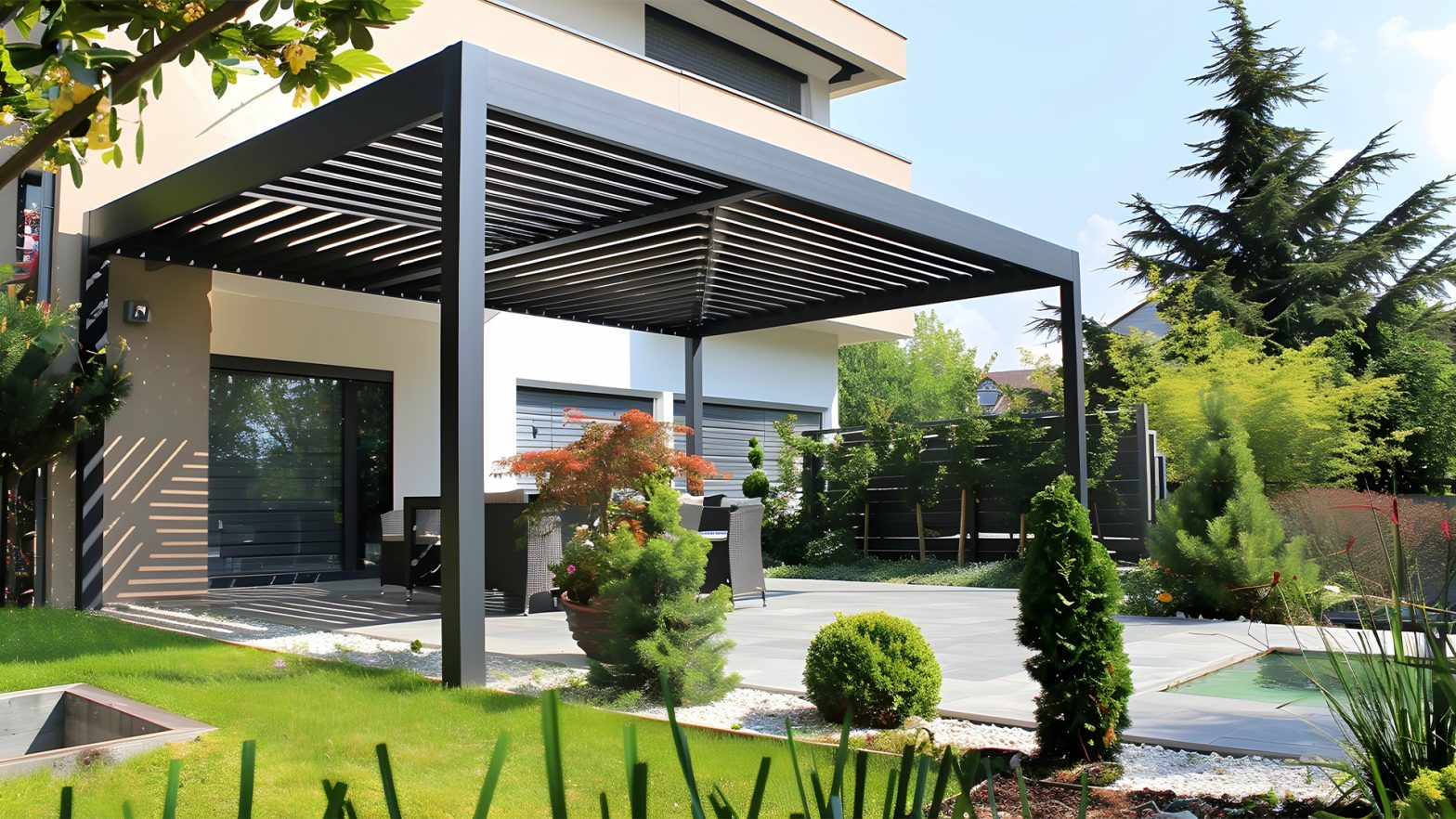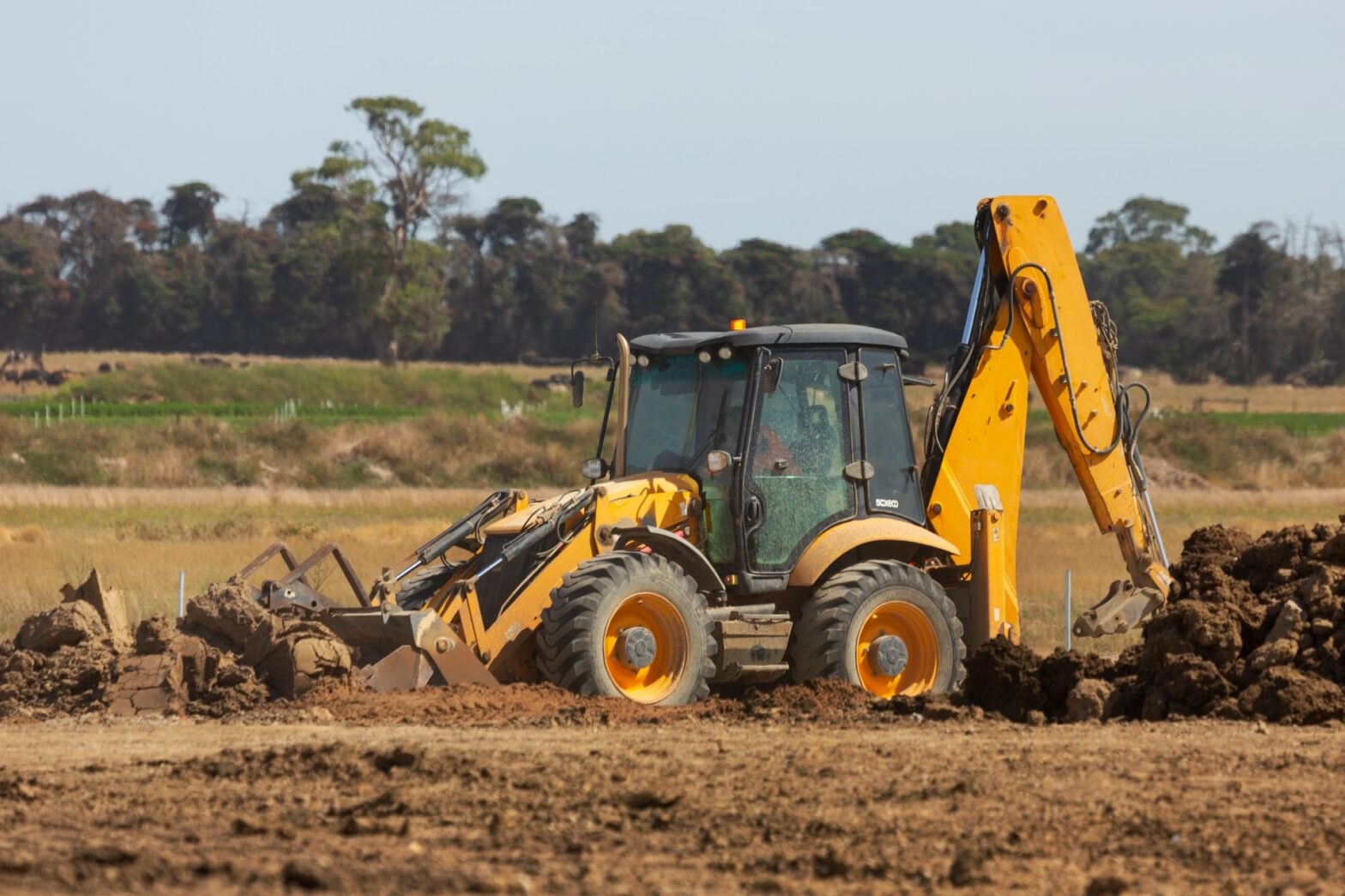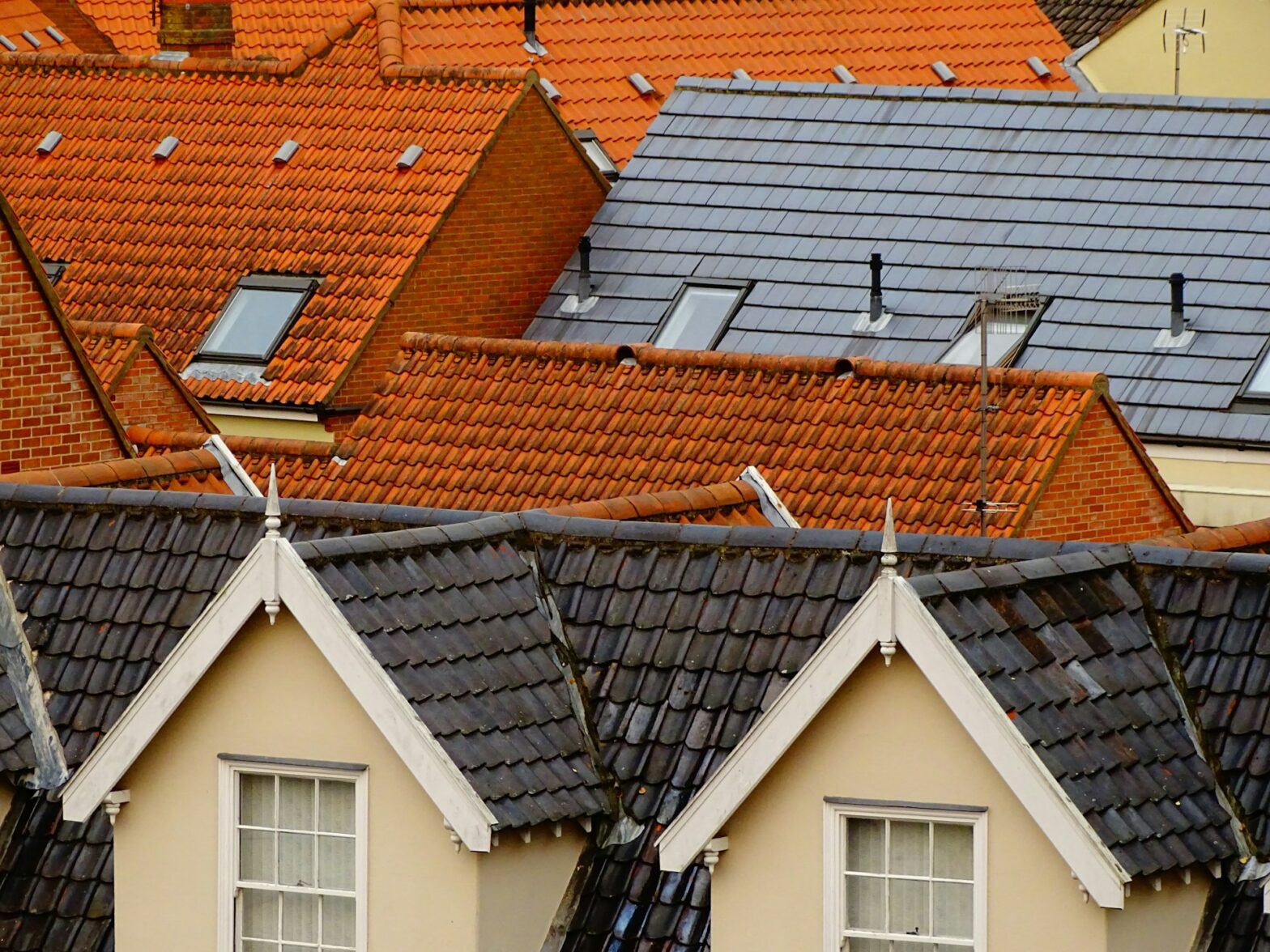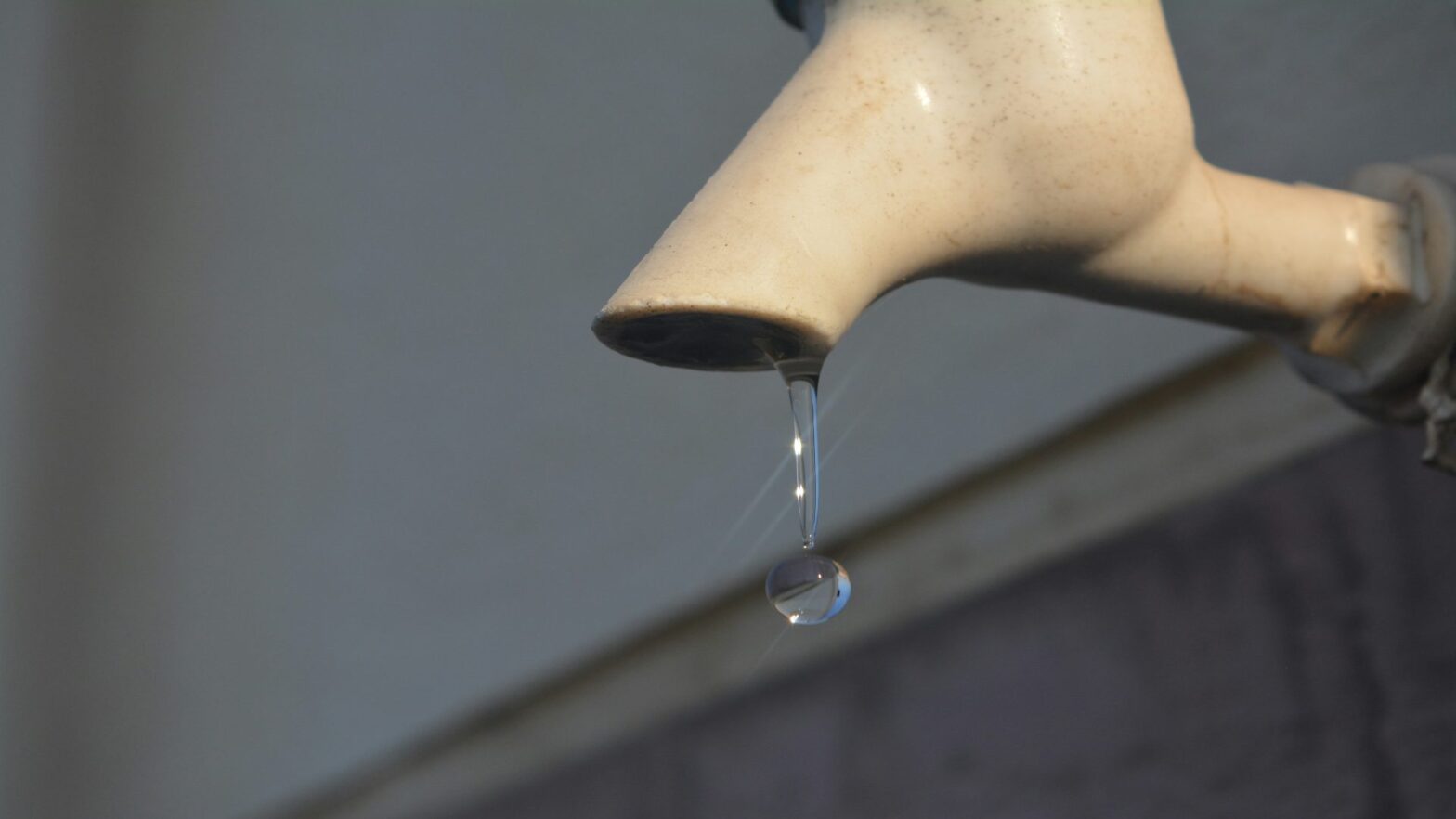
Construction professionals have seen countless trends cycle through the decades, but more of them now contain sustainable motivations. Passive house design is becoming more recognisable in pop culture and home design circles, so false information is spreading just as quickly. Discover the facts behind these common misconceptions.
1. Passive Design Is Expensive
Numbers float around, suggesting passive homes cost upward of 5% more than conventional builds. Though this is not extreme, many cannot afford the rising prices as is. Plenty of regions need affordable housing, and the inflated price tag makes it seem like a solution to dismiss.
It may be slightly more expensive to assemble the home upfront, but the savings it produces over time far outweigh the initial investment. Comparing a traditional and a passive house’s operational costs shows the latter will save $266,000 over 50 years, even with thousands tacked on in the beginning.
2. Air Quality Is Lower in Passive House Design
Residents could understand that a home lacking air conditioning will have poor indoor air quality (IAQ). An airtight house will hold onto too much warmth or humidity, making it inappropriate for specific climate zones. Will more pollutants exist if they are not circulating inside and outside?
Insulation for these builds may leverage pollutant-absorbing materials. For example, natural attapulgite makes an ideal sealant or caulking. In labs, the material has been effective at removing mercury and PFAS. Passive house design uses mechanical ventilation to keep fresh air looping in for the home’s comfort, as long as it is installed and maintained appropriately. This makes it work in any geography.
The energy recovery ventilators should have MERV 13 filters, which help as wildfires, urban smog and illness spread more rapidly than ever. Preventing duct leakage and verifying sensor and controller accuracy in the system is critical. If oversight is consistent, IAQ is high. However, more research and standardisation are necessary to make it even cleaner, which is how some opposing arguments are born.
3. Passive Homes Are LEED and Net-Zero Buildings in Disguise
Passive homes are unique from LEED-certified structures and buildings with net-zero qualities. A building could fall under all three umbrellas or a combination. Construction professionals must prevent misunderstanding these terms so each category’s importance is solidified. These are the most prominent qualities of each:
- LEED: A certification administered by the LEED organisation for buildings meeting energy-efficient criteria
- Passive homes: A design meant to adjust the envelope to capture and radiate warm and cool air to lower energy use with no certification required
- Net-zero buildings: A series of optimisations to make the building self-sufficient, generating only as much carbon-neutral energy as it uses
Construction and industry strive to reach more aggressive net-zero targets yearly, and part of doing so will require attentiveness to these housing designations.
4. Retrofitting for Passive Homes Is Not Possible
The construction sector still needs to research how to better passive retrofits, but they are just as possible as crafting a build from scratch. It is more straightforward to get the best results from a new construction, but existing infrastructure can easily improve its passive qualities with renovations like:
- Adding awnings.
- Replacing old windows.
- Installing new insulation.
- Painting walls for light reflection or absorption.
- Weatherstripping.
- Incorporating solar panels.
5. Maintenance Is Complicated
Homeowners may fear their homes will take too long to heat up or cool down or fixing problems in their passive system will be complex. Fortunately, passive house design is ideal for low-maintenance individuals. Its structure is meant for low amounts of environmental stressors, lengthening the life cycle of each element.
Consider box fans and window AC units running constantly in an apartment building. Frequent replacements or parts upgrades are expected because of how much pressure is on these machines for long hours at a time in strenuous conditions.
Passive design leverages natural elements like wood floors and the albedo values of other building materials to distribute temperate air. Replacing flooring and windows is so infrequent that homes will save countless by the time this needs completing. Other routine maintenance should follow expectations for conventional builds, such as replacing air filters. Incorporating smart sensors and the Internet of Things will make this even smoother, as automated preventive maintenance notifications will alleviate headaches.
6. Passive Design Does Not Work for Commercial Builds
Most people discuss passive homes for residential buildings, but they are just as effective for commercial clients. Everything from offices to schools could embrace passive elements. The most prominent changes would be the ratio of insulation and wall thickness.
Buildings with more square footage need less insulation because the envelope does not directly interact with most of the surface area. Air drafts are just as controllable as they are in smaller builds, allowing commercial buildings to become more eco-friendly and energy-aware, too.
7. Designs and Aesthetics Are too Similar and Restrictive
Similar arguments surround modular homes — another sustainable answer to construction’s climate woes. However, the priority of a passive build is not aesthetically forward. As long as the energy-efficient qualities can be embedded into the blueprint, the appearance of the house can be as modern or eclectic as the builders choose. Passive aspects are design-agnostic, blending into any taste and style.
Amplifying Passive Homes
The misconceptions around passive design hinder the industry from expanding. The style can be as affordable as it is environmentally aware. The more construction companies normalise the technique, the sooner it will become a go-to for building decarbonisation.




























